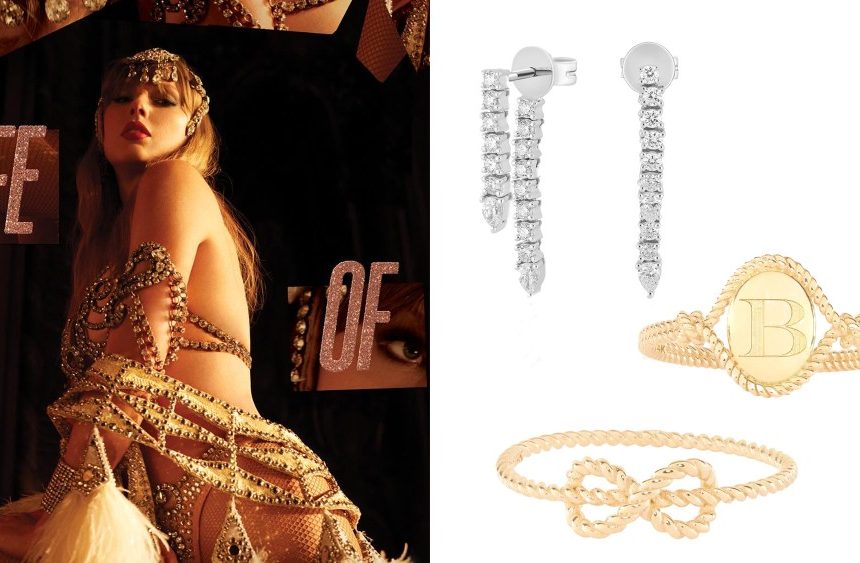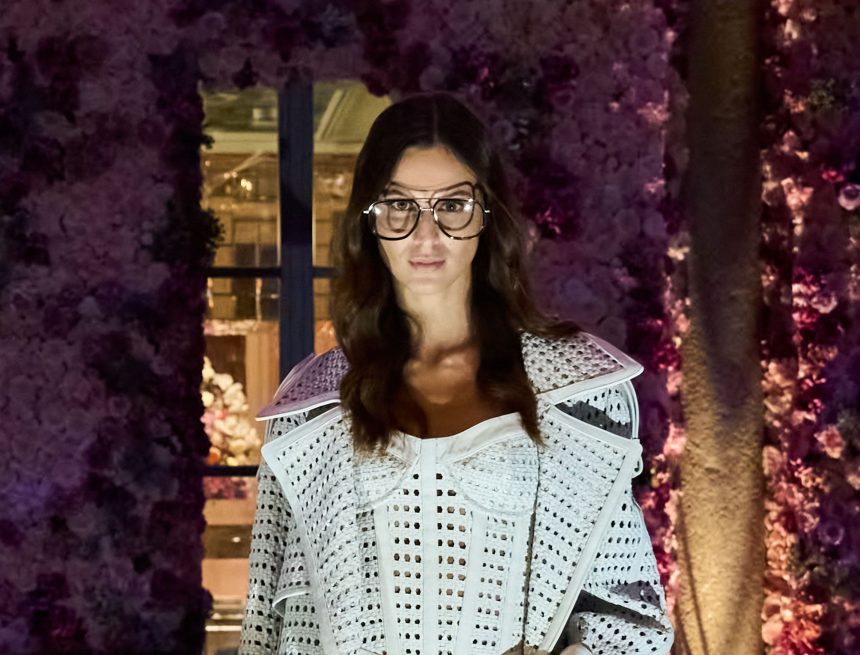Last week, I saw a clip that made me want to stand up and cheer. It was of the actor Millie Bobby Brown talking back to a photographer on a red carpet. The paparazzi had been yelling at her to smile, and Brown retorted: “Smile? You smile,” before walking off. She refused to do what was expected of her.
It’s a similar story with the star of the recent TV series Alien: Earth, Sydney Chandler. The actor did not appear on the cover of Variety magazine alongside the show’s creator and one of her co-stars, after she said she didn’t want to take part in a video interview for a regular series called How Well Do They Know Each Other?. The interviewer spent the first half of the resulting cover story explaining the situation in a bemused, tut-tutting tone, noting all the stars who had been willing to take part in the franchise.
I’m sure, as the journalist points out, that after “fixing” the interview (the lengthy process of negotiations that goes on between a publication and “the talent”), it was frustrating for her to not turn up. Chandler told him that she is “just a private person”, subsequently explaining to Entertainment Weekly: “I’m figuring out how much of my personal self I need to give, I want to give.”
So is she allowed to change her mind, or does her agreement to act and do publicity for a TV show preclude that? Because there’s an old assumption within celebrity culture that, when you become famous, you “sign up” to a set of rules. Some of these rules are contractual, some are entirely subjective and circumstantial. But they are out of your control.
I have worked on magazines where “the talent” walked off set after the photographer wanted to take more photos, or when they didn’t want to film the video interview. It’s usually the gen Z actors and, while it’s frustrating, I can’t help but applaud the fact that they are saying no. Because I’ve also been on the other side of the camera when an emotionally insensitive photographer is treating you like an object and making you feel a bit dead inside, and you finish the shoot completely disassociated and go and cry in the loos. You don’t feel like you have the power to say no because you’re a tiny cog in the bigger part of the machinery. So you just get on with it.
I have also walked side by side with a celebrity as paparazzi photographers flash their bulbs at you. It’s like you are in a nightclub standing beside the most intense strobe light you can think of. You freeze. But of course you have to keep moving. It’s easy to see why people have likened it to being hunted.
Still, as anyone who’s seen La Dolce Vita will attest to, the relationship between old Hollywood and the paparazzi has deep roots. Celebrity agents are in cahoots with the photographers and editors, “creating” photo-based stories where a photographer is summoned to appear at a certain place and time. Then the star will – miraculously! – appear and the images tell the story, whether that’s a baby bump, an image change or the hard launch of a new relationship. It’s long been seen as an essential PR tool.
But the difference between old Hollywood and new is stark. At last year’s Venice film festival, a clip went viral of Jenna Ortega (now 23) and Winona Ryder (54 last month), who were co-starring in Beetlejuice Beetlejuice. The paparazzi screamed for Ryder to take off her sunglasses for the shot. “No, you don’t have to,” Ortega said. Younger celebrities are putting their foot down, something their older co-stars did not think was possible. This sea change is cheering to see.
The infrastructure of old Hollywood is changing too. The eyebrow-raising by Variety over Chandler’s refusal to appear sounded a bit like an old man shouting at a cloud, because print publications do not have the power they once did. Instead, a star will do a podcast interview or post on their Instagram, ensuring they have total control over a narrative. It’s understandable, considering what came before.
after newsletter promotion
“We were always looking for negative stories. Because misery sold,” the showbiz journalist Dean Piper recently said on the documentary series Girlbands Forever. This was the dark era of upskirting and Perez Hilton’s doodles – penises scrawled on celebrity photos by the infamous noughties celebrity blogger. “You could have a dick drawn on your face [by Hilton],” the actor and singer Hilary Duff (38) told podcast host Jake Shane (26) earlier this week. “What?!” asked Shane incredulously, signposting how tabloid behaviour has changed between generations.
I find the rise of this new era – let’s call it the “no, you don’t have to” era – exhilarating and empowering. The pop star Jade’s new album, That’s Showbiz Baby!, reflects on her life in the public eye after winning The X Factor. On the song IT Girl, she reappropriates Simon Cowell’s trademark line from the show: “It’s a no from me.”


